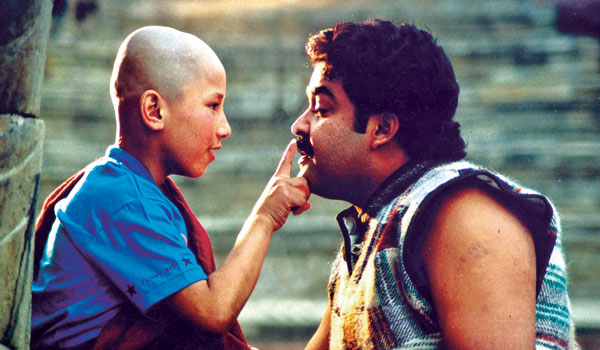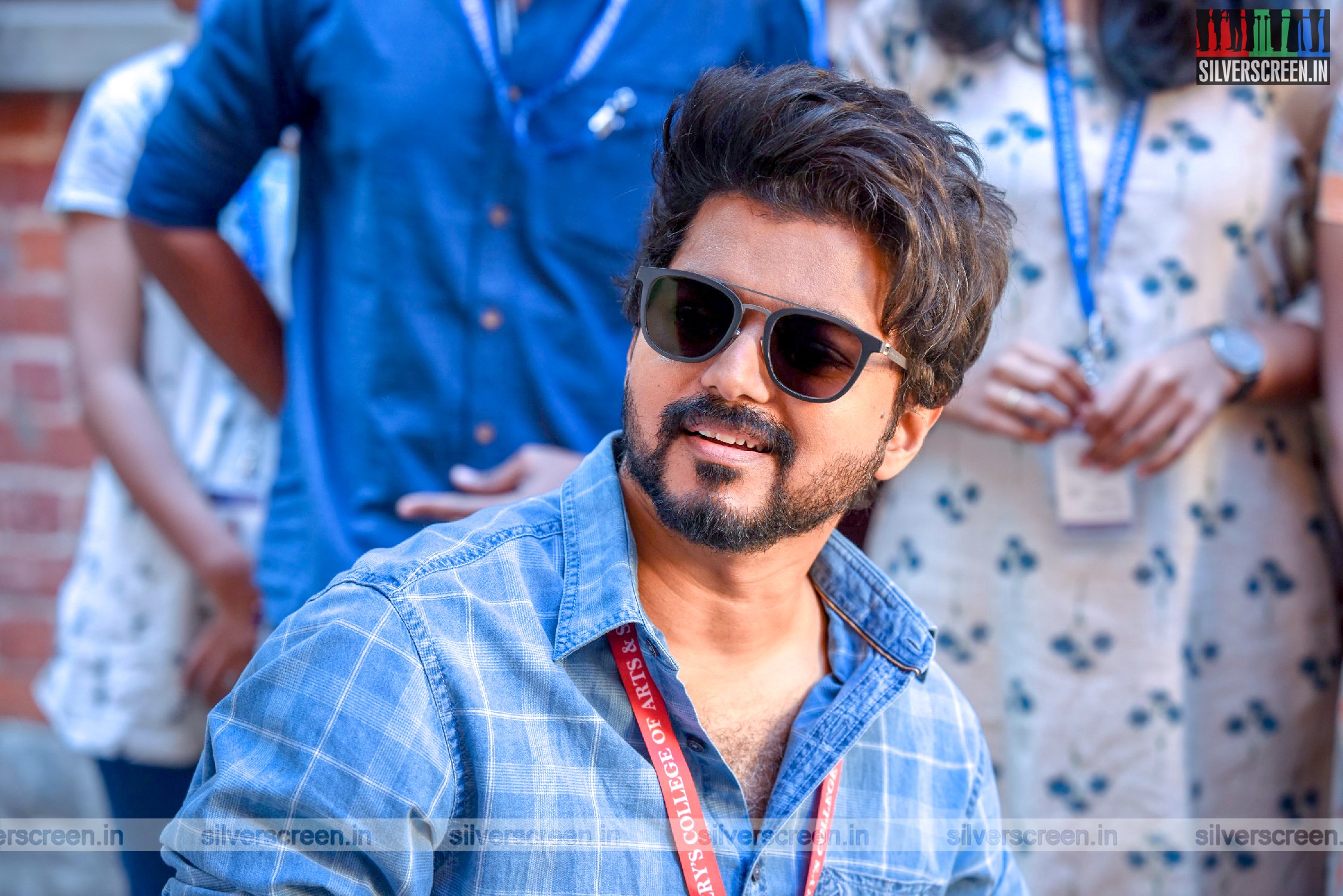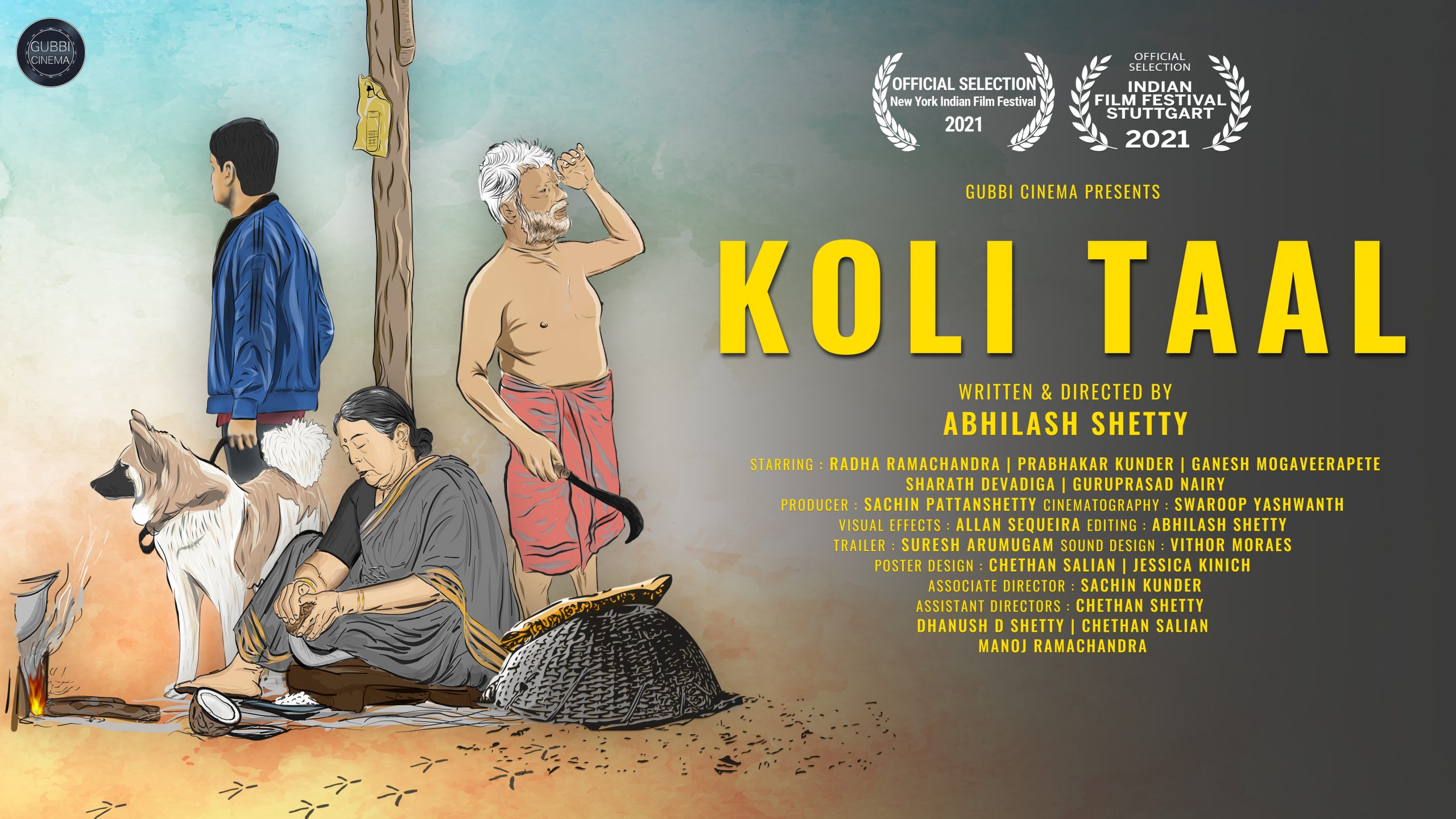Twenty-five years ago, in the September of 1992, Malayalam cinema was held by its hand and led beyond the Himalayas by two brothers from Thiruvananthapuram. Yodha, directed by Sangeeth Sivan and shot by cinematographer Santosh Sivan, unfurled in Nepal, a turf the film industry had never explored before (or after). It remains as the only Malayalam film that features Oscar-winning composer AR Rahman’s music.
Decades since its release, Yodha is an intrinsic part of Malayali popular culture. The film’s songs sound fresh even today, and its humour continues to crack people up. The gibberish words that the film contributed — Pokhra, Akosoto and Kuno — are now part of the Malayali vocabulary.
The film, an action-drama, is styled on the lines of an Indiana Jones film. There are temples, Buddhist monasteries, a secret sect that does black magic, and a hero, Ashokan (Mohanlal) who has on his hand a perilous task of sneaking into a heavily guarded fortress in a Himalayan forest, fighting off armed warriors, and rescuing a kidnapped child who is the crown prince of a peaceful Buddhist group. The plot gallops ahead relentlessly, without pausing for a casual break. Unlike the American archaeologist, Ashokan’s interest in this rescue mission is not monetary or professional.
Yodha is essentially an Eastern movie. The protagonist is the ‘chosen one’ to save the boy who is regarded as an incarnation of Buddha. The film doesn’t doubt the existence of God and Devil, or question the essence of Buddhism that looks at itself as a philosophy rather than as an organised religion.
In its simplest form, Yodha is a smart entertainer. It is brilliantly funny and adventurous. The action sequences are great, and the romantic track that involves Ashokan and his estranged cousin, Aswathi (Madhoo), whom he meets in Nepal, is brief, yet palpable. His rivalry with Appu Kuttan (Jagathi Sreekumar), the other cousin who travels from Kerala to Nepal with the sole intention of screwing him over, is one of the most hilarious narrative tracks in Malayalam cinema. And better, none of these supporting characters stick out of the main story. They are part of the larger picture that eventually has Ashokan risking his life to save the kidnapped Lama.
And the film doesn’t portray the rescue mission as a mere clinical one. Ashokan is emotionally invested in it, for the child is his only friend in the mountain country. Immediately after landing in Kathmandu, Ashokan loses his luggage, and his wallet that carries the address slip of his uncle, gets stolen. He winds up on the street, penniless and hungry. He meets the Lama who is running away from bad men, and they bond over their shared homeless status. For an average movie-goer in Kerala, this adorable friendship between a Malayali man and a little boy who doesn’t speak his language, is the highlight of Yodha. Ashokan introduces the Lama to unniyappam, a ball-shaped sweet from Kerala, and gives the latter a nickname ‘unnikkuttan’, for his shaven head resembles the sweet. The child calls him Akosoto, a mispronounced version of Ashok-ettan. The duo go street-shopping, and Lama happily swaps his Buddhist robe for a t-shirt, a pair of shorts and a baseball cap. The child even shows up in Ashokan’s dream where he is dancing with Aswathi to a cheerful AR Rahman track.
The song sequences are impressively shot. The song, Kunu Kune, has great choreography, and picturesque visuals. Santhosh Sivan’s camerawork has the flamboyance of a picture postcard. He lights up the frame like a maverick. The lovely little curls of Madhoo that the lyrics of Kunu Kune sing about, are strikingly noticeable. The song, Padakali, that comes in the first half of the film, is a genius collaboration of Rahman, lyricist Bichu Thirumala, Santhosh Sivan, and the actors — Mohanlal and Jagathi Sreekumar. It has a fiery war-cry, and a hilarious rustic number simultaneously.
Although Yodha had its core generously lifted from Eddie Murphy’s Hollywood potboiler Golden Child, the film lacks the silliness that the latter proudly wore on its sleeves. In Golden Child, there are instances where villains burst into flames, and turned into anime creatures with horns and tail. In Yodha, the ambience is more mystic, and the fantasy is invisible. If in Golden Child it’s a parrot that leads the hero to the kidnapped child, in Yodha, he is first summoned through a dream, and then, to quote Paulo Coelho, the universe conspires to take him to Nepal.
Recommended
Yodha’s use of melodrama is minimal — something unusual for the time it was made. As the villain is leaving the premises of the monastery with the kidnapped child, an old warrior shows up at the entrance with his chief disciple. The young man puts up a good fight against the villain, in order to save the child, but gets brutally killed. You see the old man weeping. His disciple is gone, and he couldn’t save his God. Santhosh Sivan captures the image of the weeping old man in a long shot, and the film doesn’t wait to watch his grief. Similarly, Ashokan loses his eyesight and his lover in the pursuit of the child. Curious enough, Yodha doesn’t use heartbreak as a song opportunity. It smoothly moves on to one of the film’s most interesting parts — a blind Ashokan getting trained in martial arts under the old warrior.
Rahman’s music for Yodha is, by far, one of his best, yet criminally underrated. It came out the same year as Mani Ratnam’s Roja that launched Rahman to the centrestage of Indian film playback music. Yodha’s theme music, an excellent instrumentation that blends the sound of flute and Buddhist hymn bells, builds a sense of foreboding throughout the film. The flute music that the Lama plays while he is held captive in the evil man’s fort, and the music that sets the background to the black-magic rituals (with Malgudi Shubha’s vocals) can linger in your head for a long time.
***
Image from: Mathrubhumi.com


